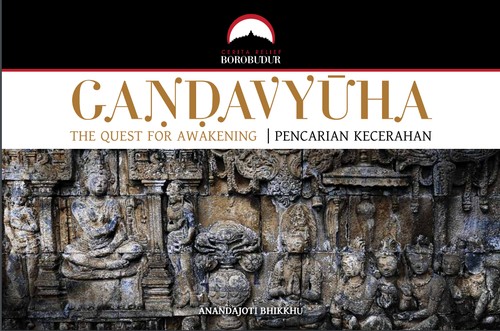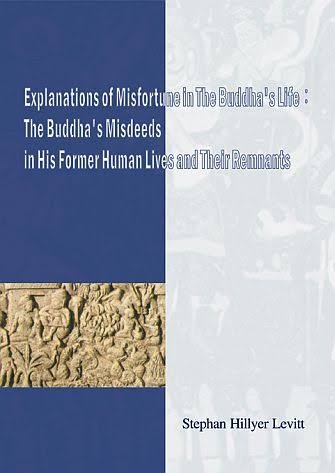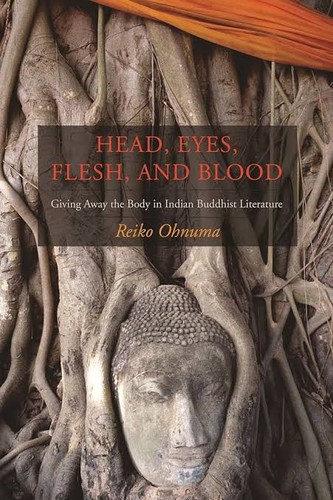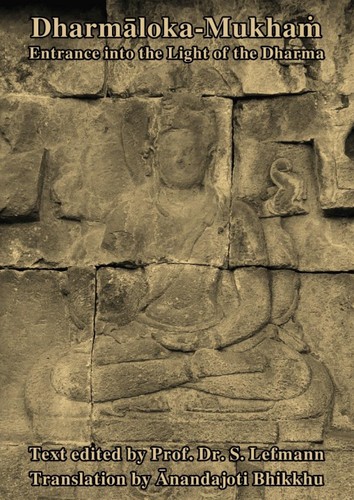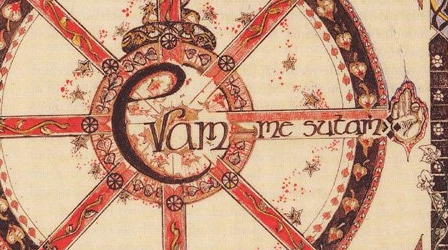Canonical Rebirth Stories
Subscribe to this topic via: RSS
Stories of past (and future) lives found in the Buddhist Canon, especially in the Khuddakanikāya.
Table of Contents
Books (5)
Featured:
-
272 pages[recommended but under copyright]
See also:
Canonical Works (19)
Featured:
-
I offered all those flowers with a happy mind
See also:
Readings (20)
Featured:
-
We should bear in mind that jātaka is not an inflexible category. The same narrative can fulfill different functions, at one and the same time or at different times, as a jātaka, a deśanā, an ānisaṃsa, a paritta, or a sūtra.
-
⭐ Recommended
What is interesting about Ajātaśatru is that he is not only a committer of an ānantarya crime, but also an eminent lay disciple of the Buddha. […] Given his transformation, the salvation of Ajātaśatru provides a convenient platform for Buddhist authors to express their ideas on how to balance the workings of karma…
-
This article presents an avadāna excerpt found in Śamathadeva’s Abhidharmakośopāyikā-ṭīkā. The tale reports a monk’s change of sex to female, followed by five hundred successive births as a woman, all of which happened as the karmic result of having addressed his fellow monks as women. The avadāna identifies this monk, who is introduced as a reciter of the Tripiṭaka, with the Bodhisattva in a past life.
32 pages -
I investigate the tale of the Buddhaʼs sojourn in the Heaven of the Thirty-three to teach his mother, based on a translation of a version of this episode in the Saṃyukta-āgama preserved in Chinese, with a view to discerning the gradual development and significance of this tale.
-
The emergence of a new type of sūtra emphasizing motherly love seems to reflect a powerful current of filial sentimentality conspicuous in Indian Buddhism
-
In some works Sadāprarudita is presented as the paragon of one who searches for prajñāpāramitā; in others he is the model for those who desire to serve their gurus. In China, moreover, during the early stage of the Pure Land tradition, Sadāprarudita was regarded as the preeminent exemplar of one practising the niànfósānmèi 念佛三昧 (recollection of the buddhas).
-
In the traditional world one never hears a story for the first time; every telling is a retelling.
-
In early Buddhism paccekabuddhas are liminal figures in two senses: they appear between Buddhist dispensations, and they are included as a category of awakening between sammāsambuddha and arahat. Because of their appearance in times of no Buddhism, paccekabuddhas feature regularly in jātaka literature, as exemplary renouncers, teachers, or recipients of gifts. This article asks what the liminal status of paccekabuddhas means for their interactions with the Buddha and his past lives as Bodhisatta.
-
A true hero will be prepared to sacrifice much of himself or herself for others.
-
It is possible to know the original intent of our sacred literature.
See also:
Audio/Video (5)
Featured:
-
🥇 Best of
Chuchok fits into this genre of “Thai trickster figures.” When you think about the story not from the perspective of Vessantara but from the perspective of the peasantry, think about how amazing it is that a peasant would even think to ask a member of the royal family for their two children to be his wife’s servants! It’s absurd!
43 min -
An accessible introduction to the Avadānaśataka of the (Mūla)Sarvāstivāda Tradition including a basic explanation of the fragmented nature of “Middle Period” Indian Buddhism.
48 min
See also:
